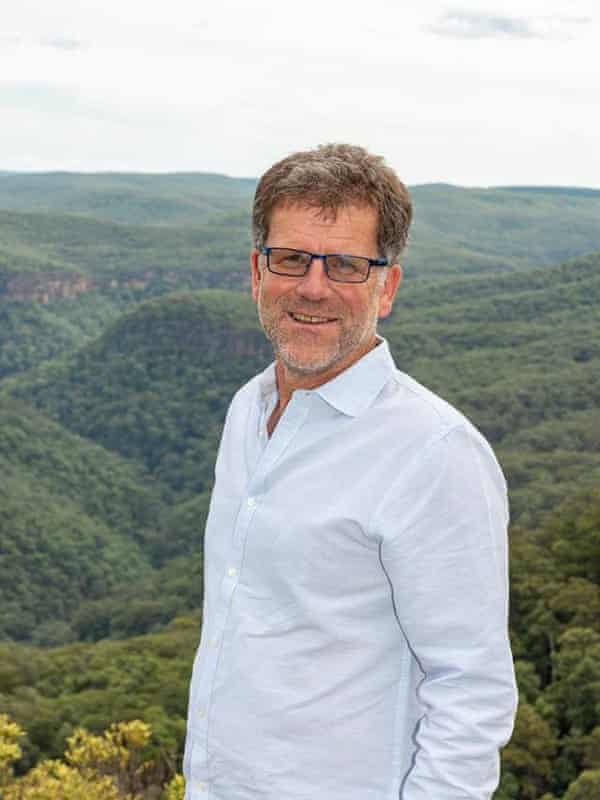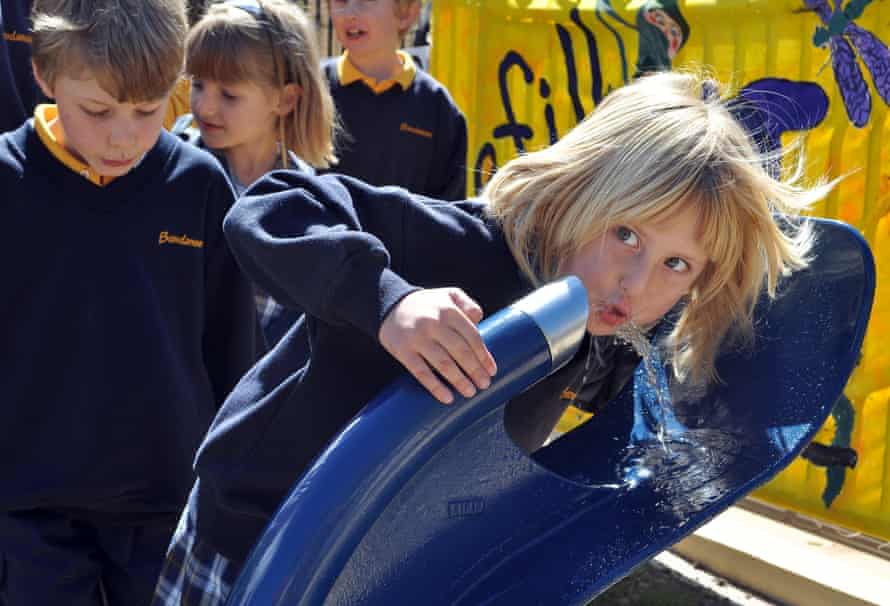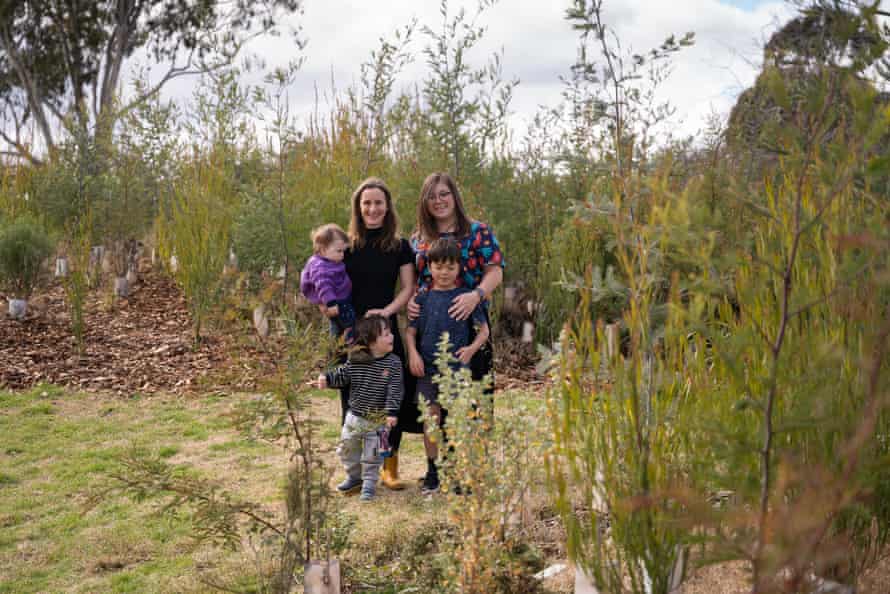Uncategorized
‘Good concepts, good work and good luck’: Australian grassroots campaigners on how they received it completed | Crowdfunding
If you’ve ever signed a petition, written a cranky letter to your native MP or joined a protest there’s a superb probability you’ve been a part of an grassroots marketing campaign, however what does it take to truly begin one? How do you carry folks collectively to resolve a typical downside and the way do you enhance your probabilities of success?
We requested a few of the folks behind three profitable campaigns for the sensible recommendation they realized alongside the way in which.
The small-town organiser
In 2009 the small New South Wales city of Bundanoon was streets forward of right this moment’s single-use plastic bans when it grew to become the world’s first municipality to refuse to promote bottled water.

Native residents overwhelmingly supported the ban at a city assembly, voting 354 to 1, cementing their long-term opposition to a multinational firm’s bid to extract 50m litres of water a 12 months from a close-by bore.
The “Bundy on Faucet” marketing campaign grew to become worldwide information, which native businessman Huw Kingston places all the way down to “a mix of excellent concepts, good work and good luck”.
On the time, Kingston ran the city’s bike store and cafe. He floated the concept of a ban in a letter to the native paper, suggesting it was hypocritical to oppose water mining whereas promoting bottled water. The thought caught on and a committee was fashioned to research.
Kingston says schooling in regards to the environmental impression of bottled water was the important thing to getting everybody on aspect, together with companies and native occasion organisers, though they confronted stiff opposition.
He says arguing respectfully with the trade helped their trigger: “It was good to do lots of debates on talkback radio and assist them dig themselves in a much bigger and greater gap.”
What start as a reasonably easy plan took off as soon as the world observed: “We wished to make some extent that we didn’t need the water extraction plant. We’d eliminate the product, put a couple of indicators up on the town and get a bit of additional notoriety.”
Nevertheless, the worldwide media consideration meant that corporations desirous to be on the profitable aspect provided Bundanoon with free reusable water bottles and public water fountains.

Kingston wouldn’t advise others to aim an entire ban: “We had been in a position to do it in a small city with 15 or so companies, however you couldn’t do it elsewhere with out laws. The principle sport is bringing again the water fountain.”
“We wished to present folks a selection. They’ll go into a store and waste their cash on a plastic bottle of water, or they will go on to the road and refill from a fountain or refill at a restaurant.”
The social strategist
Australian Capital Territory panorama architect Edwina Robinson’s marketing campaign to ascertain “a climate-cooling microforest in each city hotspot in Australia” was sparked in 2019, throughout Australia’s hottest, driest summer time on file: “I wished to do one thing about it, so I got here up with the concept of making microforests, that are dense pockets of climate-ready native vegetation that cool the panorama, present habitat, improve neighborhood wellbeing and provides hope for the long run.”
Robinson’s concept grew to become actuality when she participated in a social enterprise incubator program and launched a StartSomeGood crowdfunding marketing campaign. She started emailing her community of mates and environmental design colleagues and posting on her Fb web page and LinkedIn – in 30 days she had raised $23,000 to ascertain the ACT’s first microforest in a “dusty, weedy” public park in Downer.

Robinson labored via the paperwork from 4 authorities departments to get permission and motivated tons of of volunteers to hitch 4 neighborhood working bees to construct 450 sq metres of backyard beds.
A carer group and planting volunteers had been sourced from a mailing record compiled throughout neighborhood consultations, in addition to via native publicity: “We marketed within the native publication and I put occasions on Eventbrite and linked folks via to my social media.”
The primary microforest shortly impressed two others. Purdie Bowden and Elizabeth Adcock from the neighbouring suburb of Watson contacted Robinson, desirous to do the identical factor. Robinson made introductions, creating a brand new microforest powerhouse. The trio shortly arrange a devoted web site and Fb web page and launched their very own crowdfunding marketing campaign. They raised $53,000 in 40 days with the assistance of an in depth social community, together with college households, and QR code on the web site that linked to the fundraiser.
Robinson mentioned she met often with the Watson staff to share suggestions and assets then, as soon as the Downer microforest was established, she documented the entire mission to share with them and another teams.
“We are saying to folks, they don’t must be specialists as a result of we staff you up with the specialists, regardless of the place you reside. We’re inviting folks to do one thing nice of their neighborhood and I believe folks actually like that.”
The persistent letter-writer
A big bunch of balloons launched 300km away is the very last thing you look forward to finding on a seaside stroll. However when Karen Joynes, a neighborhood environmental activist from the south coast of New South Wales, discovered 14 deflating balloons branded with logos from Albury metropolis council and a soccer staff, it solely took her a couple of cellphone calls to search out out they’d drifted from the border city in a single day: “I referred to as council and so they confirmed {that a} bunch of balloons had been launched on the sport the day earlier than. I adopted up with the Bureau of Meteorology and so they confirmed that it was potential.”
The 2014 discovery prompted Joynes to start out tallying the numbers of balloons washing up on her native, distant seaside. She says balloons are probably the most lethal types of litter for seabirds and marine life, even when marketed as “biodegradable”.
Joynes described these dangers to sea life to an area shopkeeper who began promoting helium balloons in 2016. She begged the retailer to ask her prospects to not launch the balloons. When that request was refused, Joynes determined she must do one thing herself. She linked with two different girls, Victorian Amy Motherwell and Western Australian Lisa Hills, to discovered No Balloon Launch Australia and launch a petition asking the federal authorities to ban helium balloon releases, and the usage of helium to inflate balloons.
Joynes writes to each new state, territory or federal environmental minister in regards to the environmental risks of balloon releases, and pens new letters each time there’s “a mass balloon launch or some new analysis comes out, saying, ‘Right here’s one other instance of why we have to take motion’.” She additionally writes to public servants: “It’s actually helpful to contact these folks as a result of lots of them are concerned in coverage and may inform me this challenge is arising repeatedly, and so they could make suggestions to the minister.”
She says present state litter legal guidelines are not often enforced for balloon releases: “Plenty of the time the releases are in reminiscence of somebody who’s died tragically, so it’s actually exhausting to wonderful folks in that state of affairs.”
After 5 years of campaigning, in July 2021 Joyce celebrated Victoria turning into the primary Australian state to outlaw balloon launch: “We’re hoping it’s a tipping level, that different states will see that it may be completed and it’s been properly acquired.”
